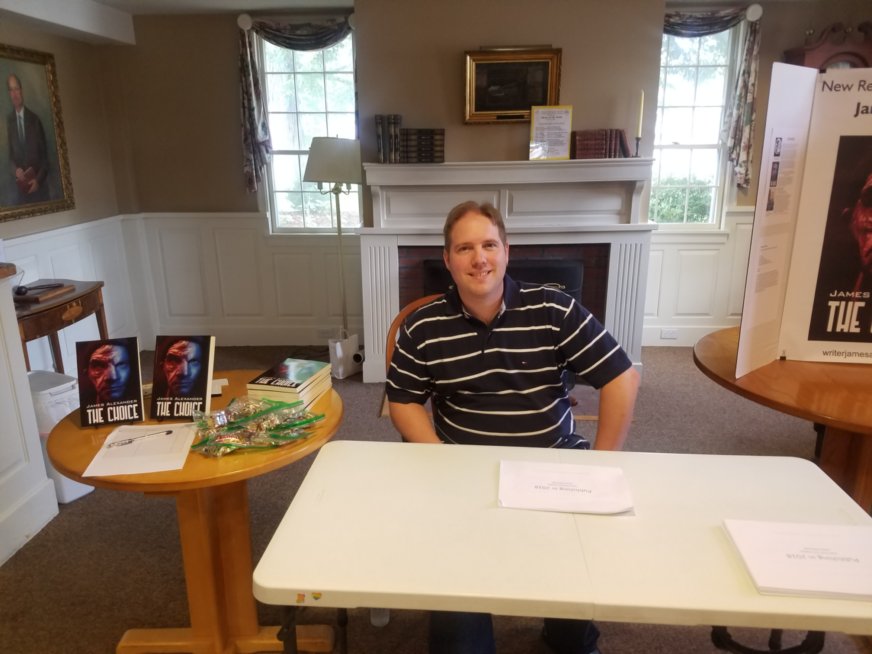Yesterday, I held my first book signing. My local library was kind enough to let me set up a table and meet with folks wanting to hear about the process of traditionally publishing The Choice. I had some hesitation of doing an event like this. First, many libraries already warned…
Category: Self-Publishing Tips
James Alexander

Read more

Building a Following
As a new author, I jumped head first into self-publishing with my first two works. As far as mistakes go, I tend to think that I made every one that seasoned authors warn new authors about, and like many, I didn’t realize how challenging marketing would be. Here are two…
Posting a Story to Amazon, Part 3: Formatting Oops!
Self-publishing is quite a journey. As hard as I tried to make sure everything was in order when publishing my story to Amazon, I succumbed to stupid mistakes – one of which applied to the formatting of my story. I really wanted my story to stand out and look pretty…

